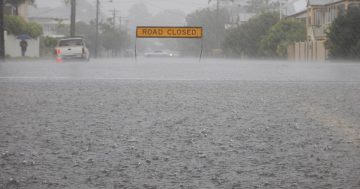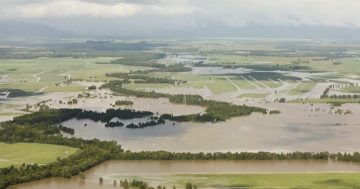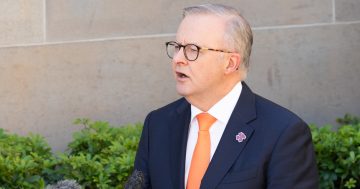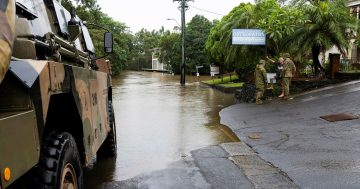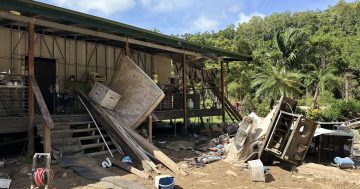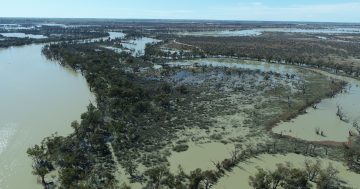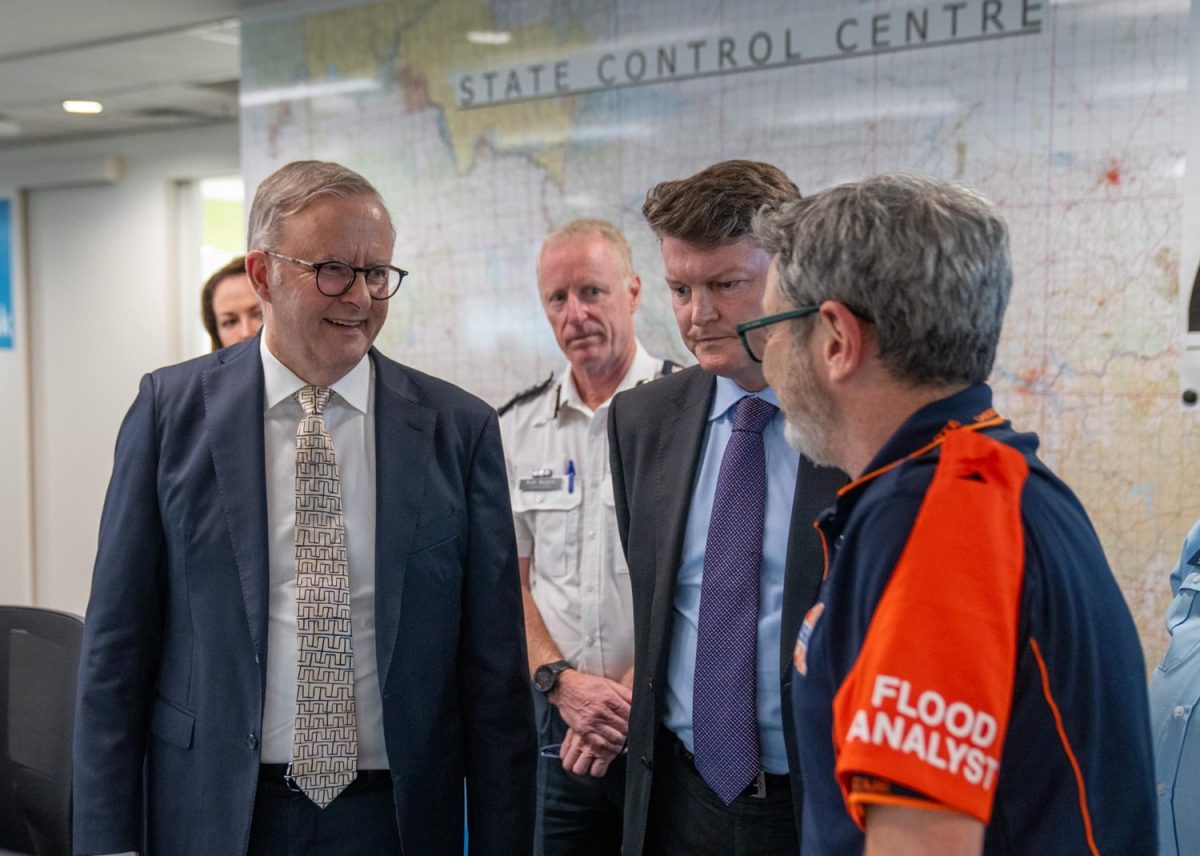
Prime Minister Anthony Albanese visited the Victorian State Control Centre on 10 January for an update on the floods in central and northern Victoria. Photo: Anthony Albanese Facebook.
The Federal Government has announced that disaster assistance will be made available to communities affected by flooding in central and northern Victoria through the jointly funded Disaster Recovery Funding Arrangements (DRFA).
The assistance comes after flooding affected communities north of Melbourne during the end of the first and start of the second weeks of January. Many of these areas were also affected by flooding as recently as October 2022 and have again received as much or more than their average monthly rainfall in just 24 hours.
Emergency Recovery Victoria (ERV) is working with local councils to understand what and how much assistance is required to support communities following the floods.
As of 10 January, assistance will be made available to communities and councils in the Local Government Areas of Alpine Shire, Baw Baw Shire, Benalla Rural City, Campaspe Shire, East Gippsland Shire, Gannawarra Shire, Greater Bendigo, Loddon Shire, Macedon Ranges Shire, Mansfield Shire, Mitchell Shire, Mount Alexander Shire, Murrindindi Shire, South Gippsland Shire, Strathbogie Shire, Wellington Shire and Yarra Ranges Shire.
Eligible community members whose homes have been impacted by the Victorian floods can access emergency relief assistance through the Personal Hardship Assistance Program (PHAP) led through the Victorian Department of Families, Fairness and Housing.
The PHAP assistance includes a one-off payment of $640 per adult and $320 per child up to a maximum of $2240 per family. It is designed to cover the costs of essentials like food, clothing, medication and accommodation. Payments are a fixed amount and are not means-tested.
Residents may be eligible if their principal place of residence is or was in an evacuation warning area and the floods or storms damaged their home or if their home was flooded above the floor.
Funding will also be provided to local governments’ counter-disaster operations, including making residential properties safe and habitable, and emergency works for urgent transport, infrastructure and public assets restoration.
Federal Minister for Emergency Management Senator Murray Watt said the support is designed to help people meet immediate needs, and the Federal Government will work with the Victorian Government to make sure assistance gets to where it’s needed.
“I want to assure those affected that we are working as quickly as possible to make assistance available and I want to thank emergency services personnel and volunteers for their efforts,” Senator Watt said.
“Although the majority of the floodwaters have peaked and the forecast is for conditions to ease over the coming days, the impact on communities will be long-lasting and we will continue to work closely to support recovery efforts.”
Victorian Minister for Emergency Services Jaclyn Symes added, “By making emergency relief assistance available, it goes some way to help with the immediate needs of Victorians who, in many cases, are still recovering from previous significant emergency events in recent years”.
Prime Minister Anthony Albanese visited the Victorian State Emergency Centre on Wednesday (10 January) and said he was impressed by the coordination across all agencies.
“This is an opportunity to say thank you to the extraordinary personnel who are helping their fellow Victorians here,” he said.
“At the worst of times, we see the best of the Australian character and we’re seeing that from people at this centre.
“But importantly as well, we’re seeing it from people on the ground, whether they be the emergency personnel or, of course, our wonderful volunteers who always just help out their fellow Australians.”
Business owners who have been impacted are advised to contact their insurance companies or their local councils for support. Residents who think they may be eligible for relief payments should visit an Emergency Relief Centre or call their local council.
Additional information on disaster assistance is available on the Australian Government’s Disaster Assist website and the VicEmergency website.


